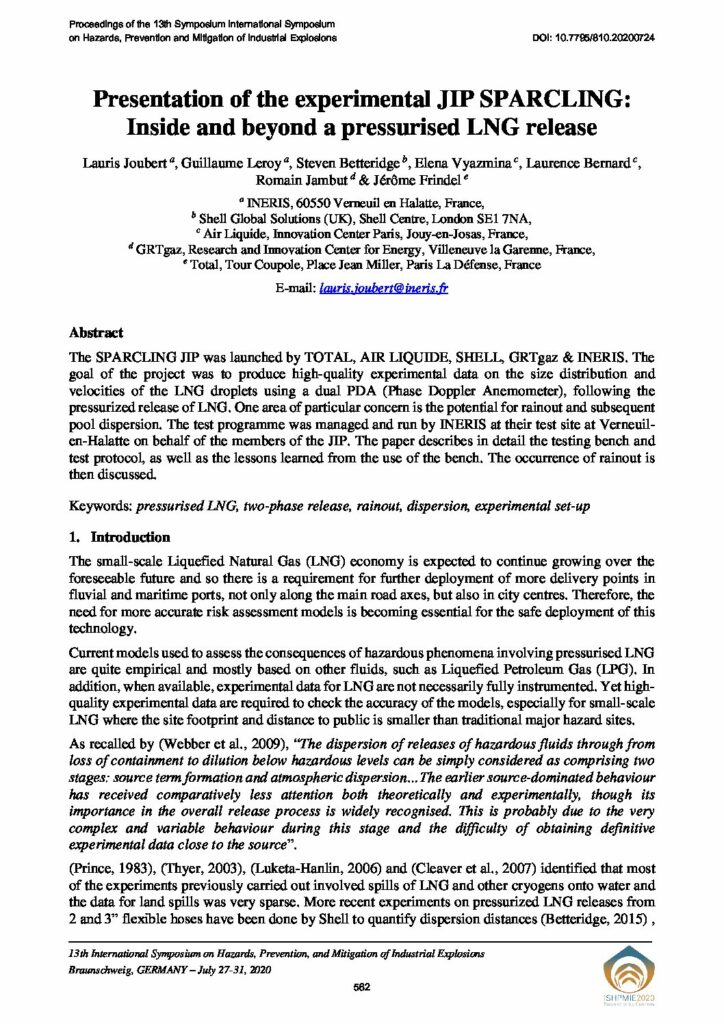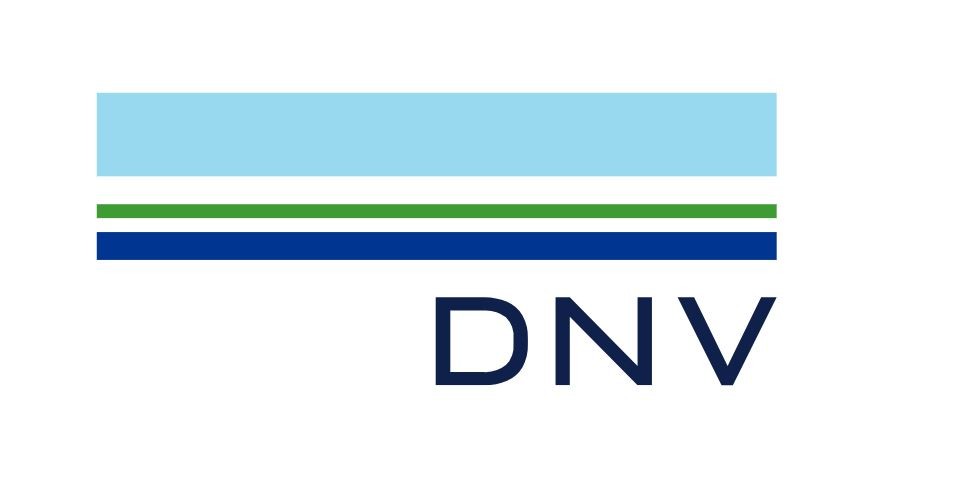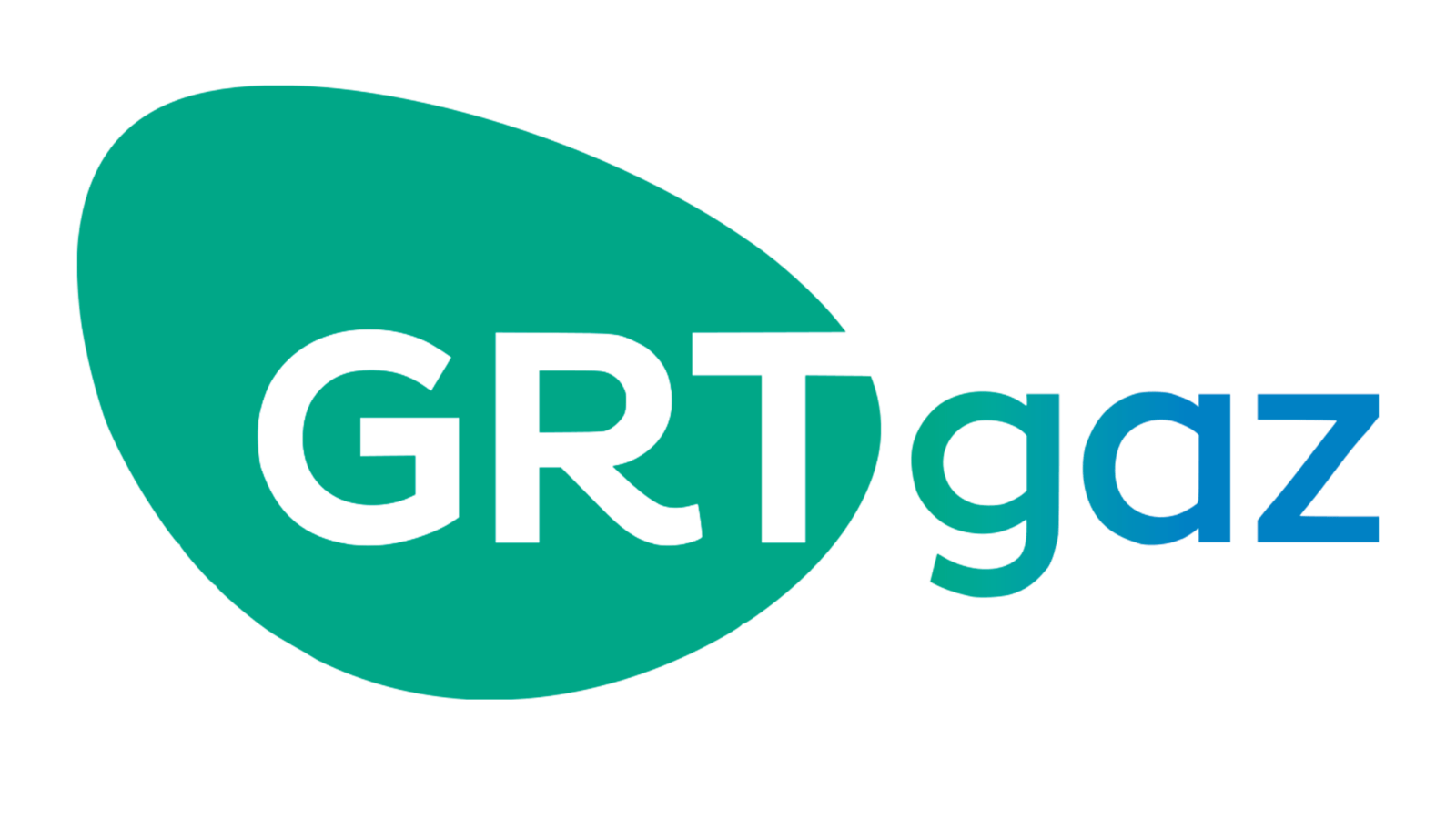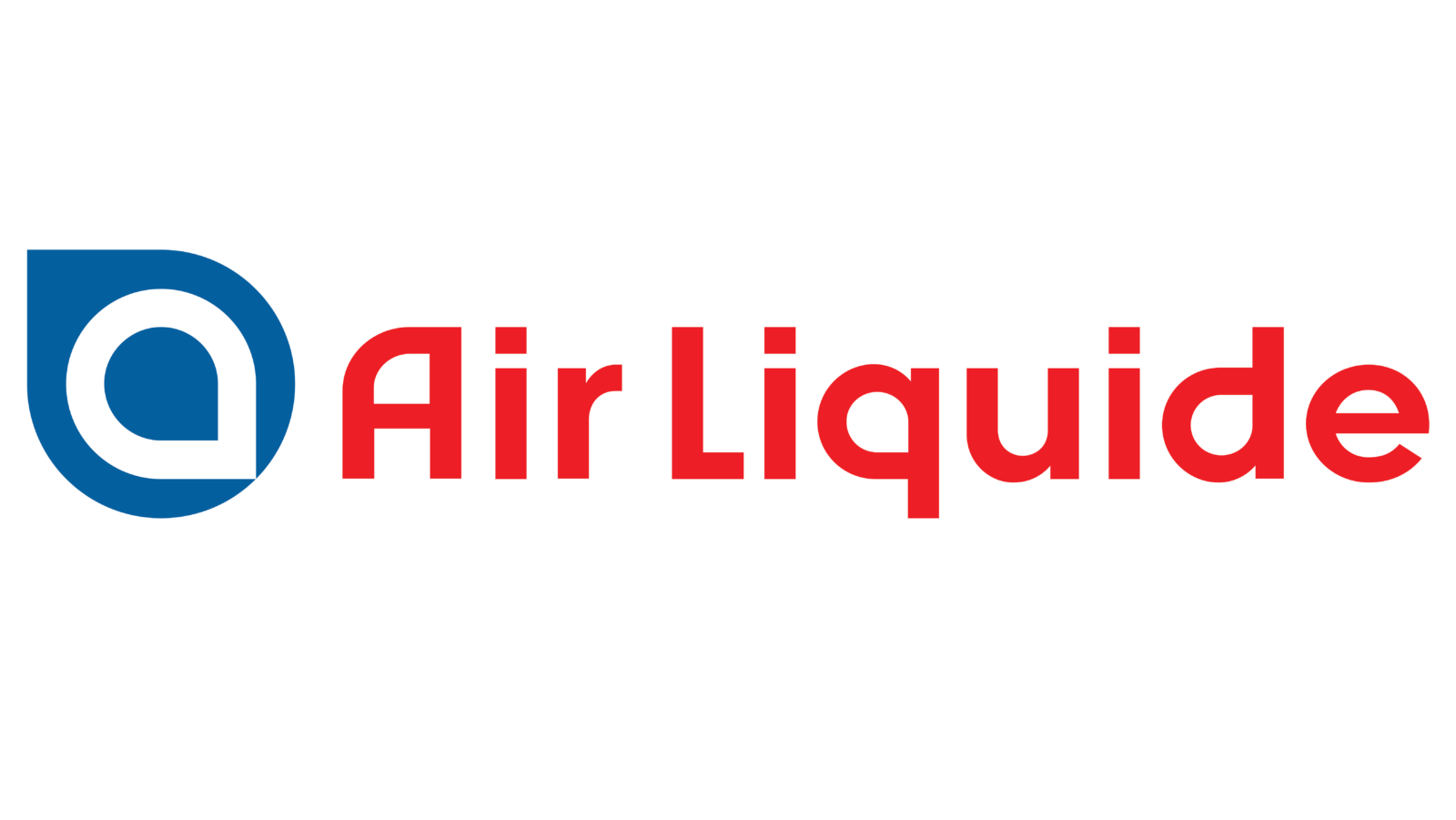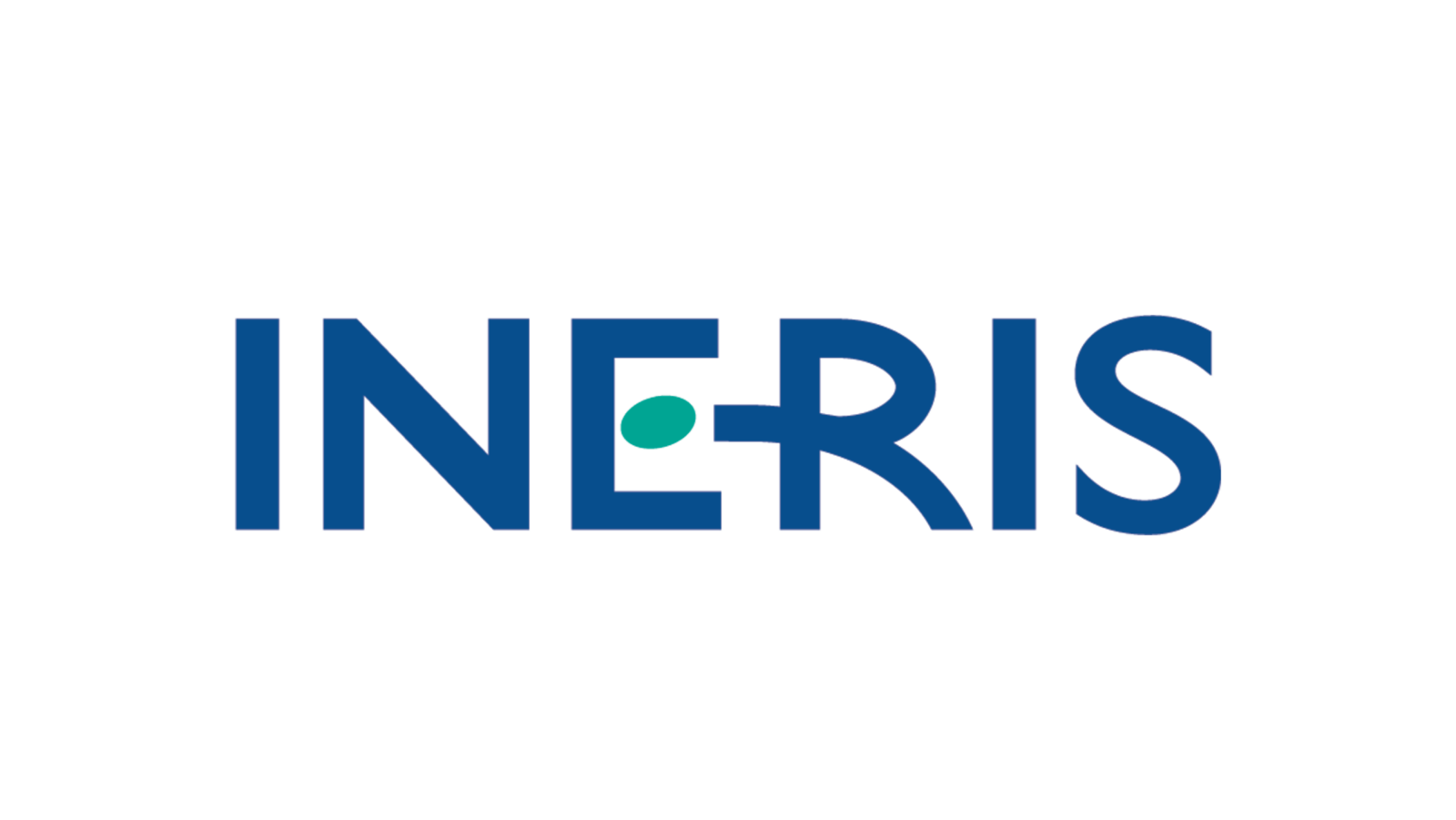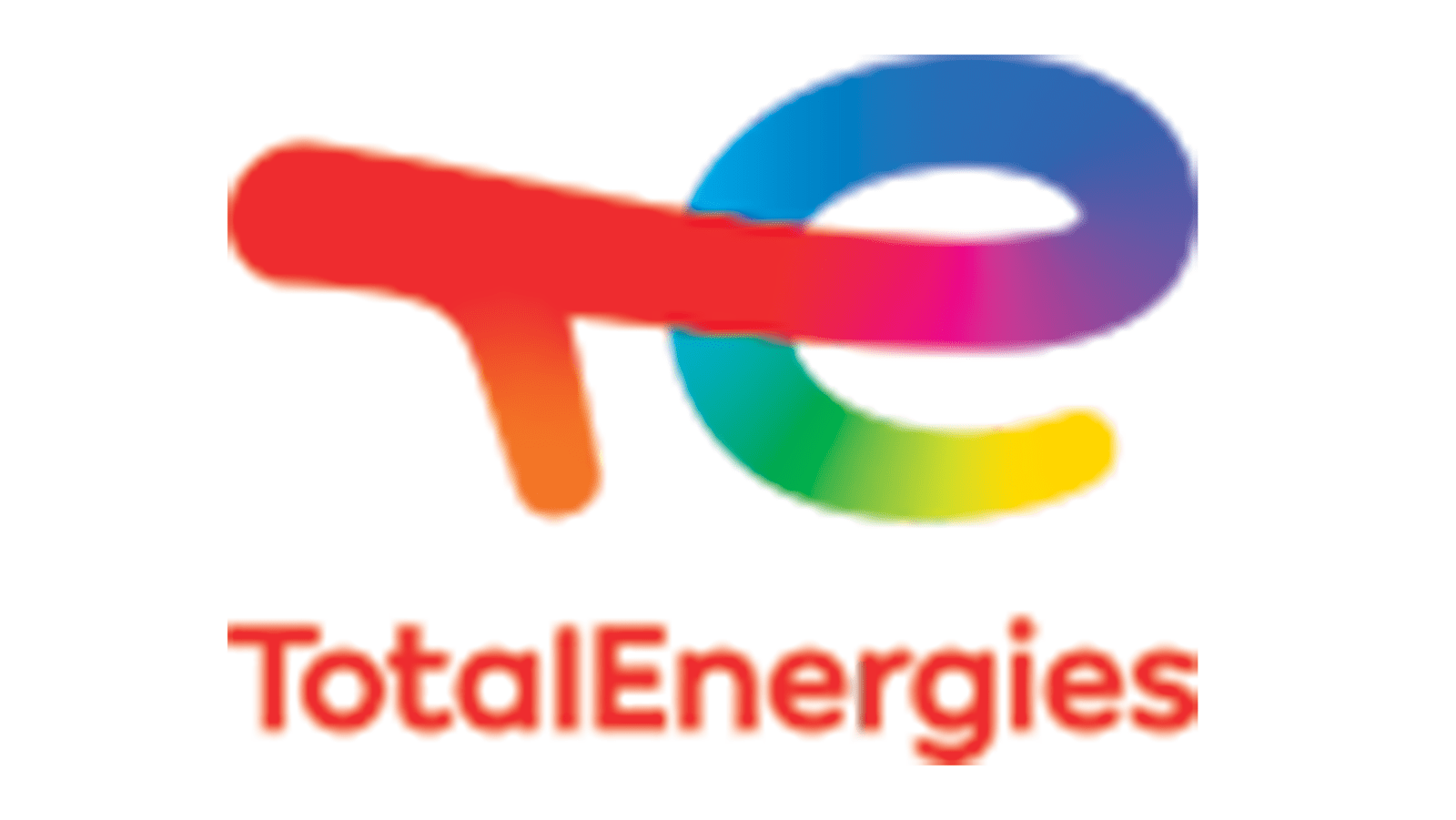The economy of the LNG –Liquified Natural Gas- has shown a growing demand and development of its public applications. However, as the current modelling software are mostly based on hydrocarbon, there is a need to further research in order to identify the risks of the current models and have precise data about source term in case of release.
The Sparcling –SPill And Release Consequence of LIquefied Natural Gas- project (formerly DisJet) aims to better assess the consequences of an accidental LNG release and mitigate hazards close to public small-scale LNG applications.
This experimental and numerical project is led by French company Engie and Norwegian company DNV GL. It analyses gas mixture composition, droplet size and velocity (with use of FTIR spectrography, LDA and reflective properties measurement) and compare it to a digital simulation of an LNG release.
The project consists of two phases:
- Phase 1: small-scale experiments to validate the source terms.
- Phase 2: medium to large-scale for flammable gas dispersion measurements.
The successive phases address medium scale dispersion, rainout quantification tests, and major rupture dispersion quantification tests – see below for the project summary. This work will also benefit from the results of the “Small-scale LNG release tests and model improvements” project.
Currently, the project partners are analysing the data obtained by the tests that were developed at the INERIS fire platform, especially with regards to model validation.
This project was presented in the ISHPMIE conference in July 2020. You can find the document below.

